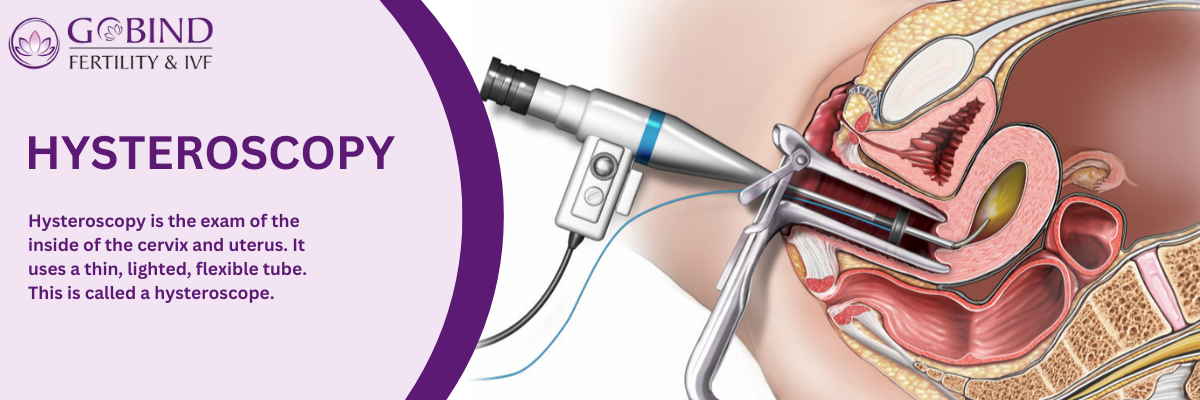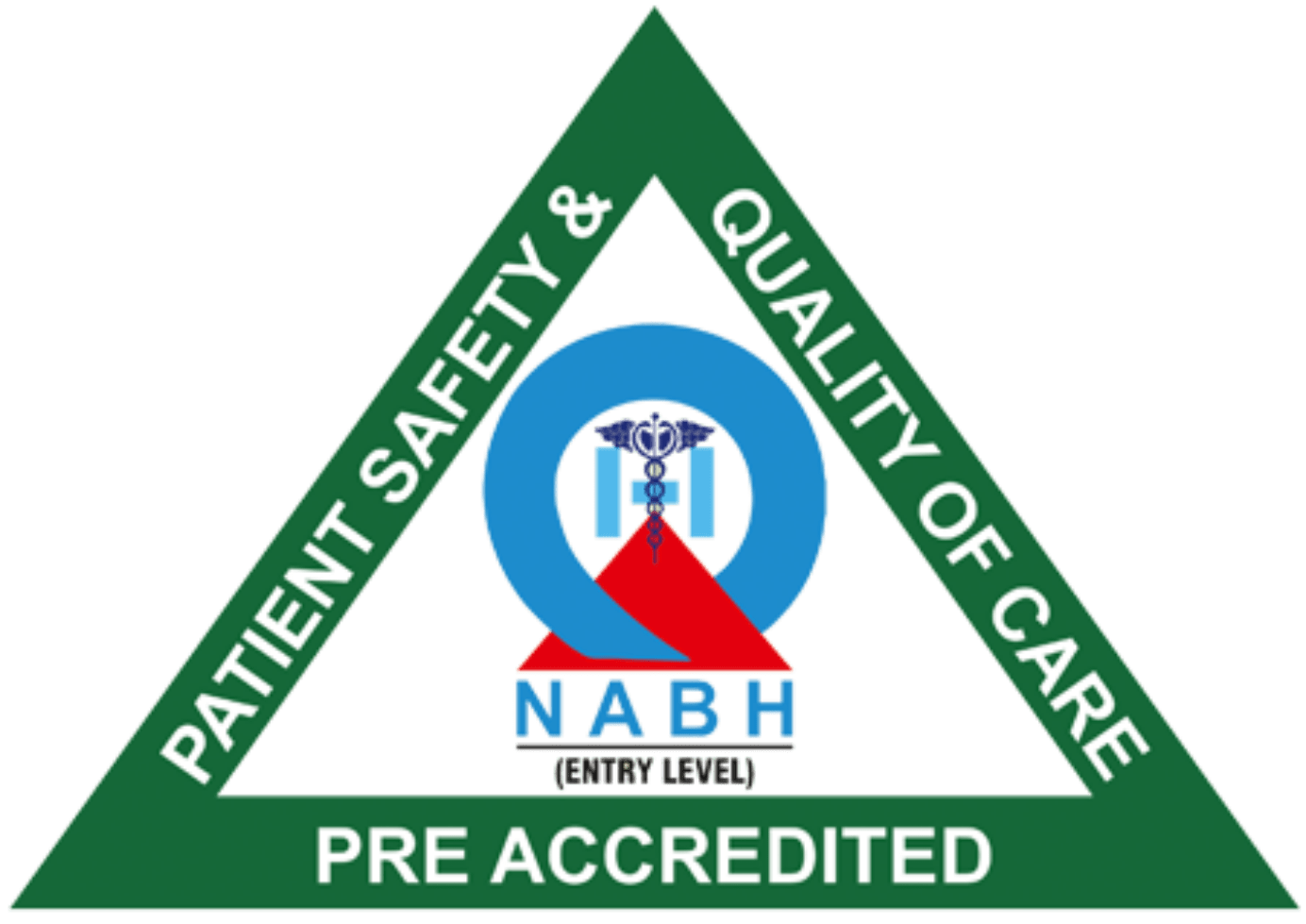

Hysteroscopy
A hysteroscopy is a procedure used to examine the inside of the womb (uterus). It's carried out using a hysteroscope, which is a narrow telescope with a light and camera at the end.
Hysteroscopy is a minimally invasive surgical procedure in which a physician examines the inside of the uterus with a narrow, illuminated telescope-like tool known as a hysteroscope. It is frequently carried out to detect and treat uterine disorders such as polyps, fibroids, adhesions, or structural abnormalities, or as part of an infertility workup. During the process, the hysteroscope is inserted into the uterine cavity through the cervix and vagina, enabling direct visualisation and potential treatment of any abnormalities found. Hysteroscopy is a minimally invasive method of evaluating and treating possible reproductive barriers or irregular bleeding sources. It can be used for both diagnostic and surgical purposes. It is typically an outpatient operation that provides direct viewing and treatment possibilities for uterine diseases, despite its inherent hazards.
A minimally invasive surgical technique called hysteroscopy is used to assess and treat uterine problems. Our surgeons at GOBIND Fertility and IVF do both diagnostic and surgical hysteroscopies as part of their assessments and interventions for infertility.
During a hysteroscopy, a thin, illuminated telescope (hysteroscope) is inserted into the uterus through the cervix. This makes the uterine cavity directly visible.
For the following purposes, diagnostic hysteroscopy may be advised: - Examine the uterine lining - Find structural anomalies such as polyps, fibroids, adhesions, or septums
Examine the tubal apertures; rule out uterine reasons of recurrent losses or infertility;
With operational hysteroscopy, specific diseases can be surgically treated in one session, including:
- The excision of fibroids or polyps
- Intrauterine adhesion/scar tissue division
-if tubes are blocked at cornual end with sludge ,cannulation can op
- Septum treatment-when uterine cavity is divided by septum conception does not occur ,but with septum resection lady can conceive .
The majority of hysteroscopic treatments can be carried out as outpatient operations with little to short anaesthesia. For increased safety and efficacy, our surgeons employ the newest hysteroscopic tools and methods.
Hysteroscopy FAQ:
Q: How should I prepare for a hysteroscopy?
A: You may need to take medications to prepare the uterine lining. Avoid intercourse for a period beforehand. Our staff provides detailed pre-op instructions.
Q: Will I be put to sleep for a hysteroscopy?
A:Yes, Diagnostic hysteroscopies require short general anaesthesia or minimal IV sedation. General anaesthesia may be used for some operative cases.
Q: How soon can I return to normal activities after a hysteroscopy?
A: Most patients can resume light activities on the same day. Your physician will provide specific postoperative care instructions.
Q: Is a hysteroscopy painful?
A: You may experience mild cramping during the procedure, which can be managed with pain medication. Discomfort is generally minimal.
Q: Are there any risks with hysteroscopic surgery?
A: While low-risk, possible complications include infection, bleeding, or injury to the uterus or cervix. These risks are minimised by an experienced surgeon.
Q: When will I get the results of a diagnostic hysteroscopy?
A: Your physician will review the findings with you, typically on the same day as the procedure.

















